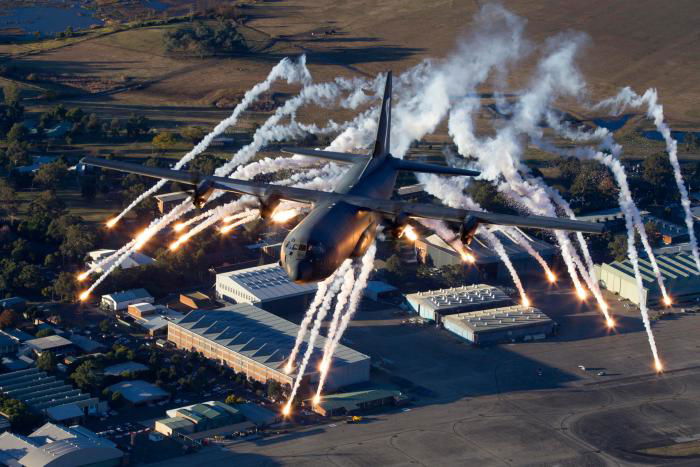Australia is set to acquire a 24-strong fleet of new-build Lockheed Martin C-130J-30 Super Hercules tactical transports as the nation’s looks to replace the older C-130Js in Royal Australian Air Force (RAAF) service and expand its current fleet of medium-lift air mobility assets under the first phase of Project AIR 7404.
Since the type entered operational service in July 1999, the RAAF has operated 12 C-130J-30s under No 37 Squadron and No 285 Squadron at RAAF Base Richmond in New South Wales. Canberra’s move to withdraw these aircraft and replace them with newer C-130J-30s comes as a result of the current fleet’s age and heavy use in support of a variety of operations since the Super Hercules joined the RAAF’s ranks. The acquisition of newer C-130J-30s will help the RAAF to guarantee a reliable airlift capability, while allowing the air arm to improve its overall operational output.

Outlining the move in a press release (published on November 1), the Australian Department of Defence (DOD) said: “Defence has approached a number of aircraft manufacturers and received information on all available medium air mobility options. The relative merits of each aircraft type have been assessed against Australia’s capability requirements. Defence seeks a low risk, certified in all roles, proven, mature and affordable replacement that meets Australia’s air mobility needs. Defence has identified that the new C-130J aircraft represents the only option that meets all of Australia’s capability requirements and assures Defence’s medium air mobility capability without introducing substantial cost, schedule and capability risk.”
On November 2, the US Defense Security Cooperation Agency (DSCA) confirmed that the US State Department had approved the possible Foreign Military Sale (FMS) of 24 C-130J-30s and associated equipment to Australia in a deal worth an estimated $6.35bn. The DSCA delivered the required certification to notify the US Congress of the possible FMS the same day. For this deal, the principle contractor will be Lockheed Martin – the type’s original equipment manufacturer (OEM) – with work being carried out at the firm’s facility in Marietta, Georgia.
As part of the deal, Australia has requested to buy the 24 new-build C-130J-30s – each equipped with four Rolls-Royce AE-2100D turboshaft engines – along with 24 spare powerplants; 32 AN/ALQ-251 Radio Frequency Countermeasure (RFCM) systems and 24 Multifunctional Information Distribution System Joint Tactical Radio Systems (MIDS JTRS), along with an unspecified number of AN/AAQ-24(V)N Large Aircraft Infrared Countermeasures (LAIRCM) Missile Warning Sensors; MX-20HD electro-optical/infrared (EO/IR) targeting systems; AN/APX-119 Identification Friend-or-Foe transponders and AN/ALE-47 Countermeasures Dispensing Systems (CMDS), among a variety of other systems. While Australia is very familiar with C-130J operations, integration, technical and logistical support services; personnel training and support/test/training equipment will also be provided as part of this deal.
In its own press release, the DSCA said: “Australia is one of our most important allies in the Western Pacific. The strategic location of this political and economic power contributes significantly to ensuring peace and economic stability in the region. It is vital to the US national interest to assist our ally in developing and maintaining a strong and ready self-defence capability.”

